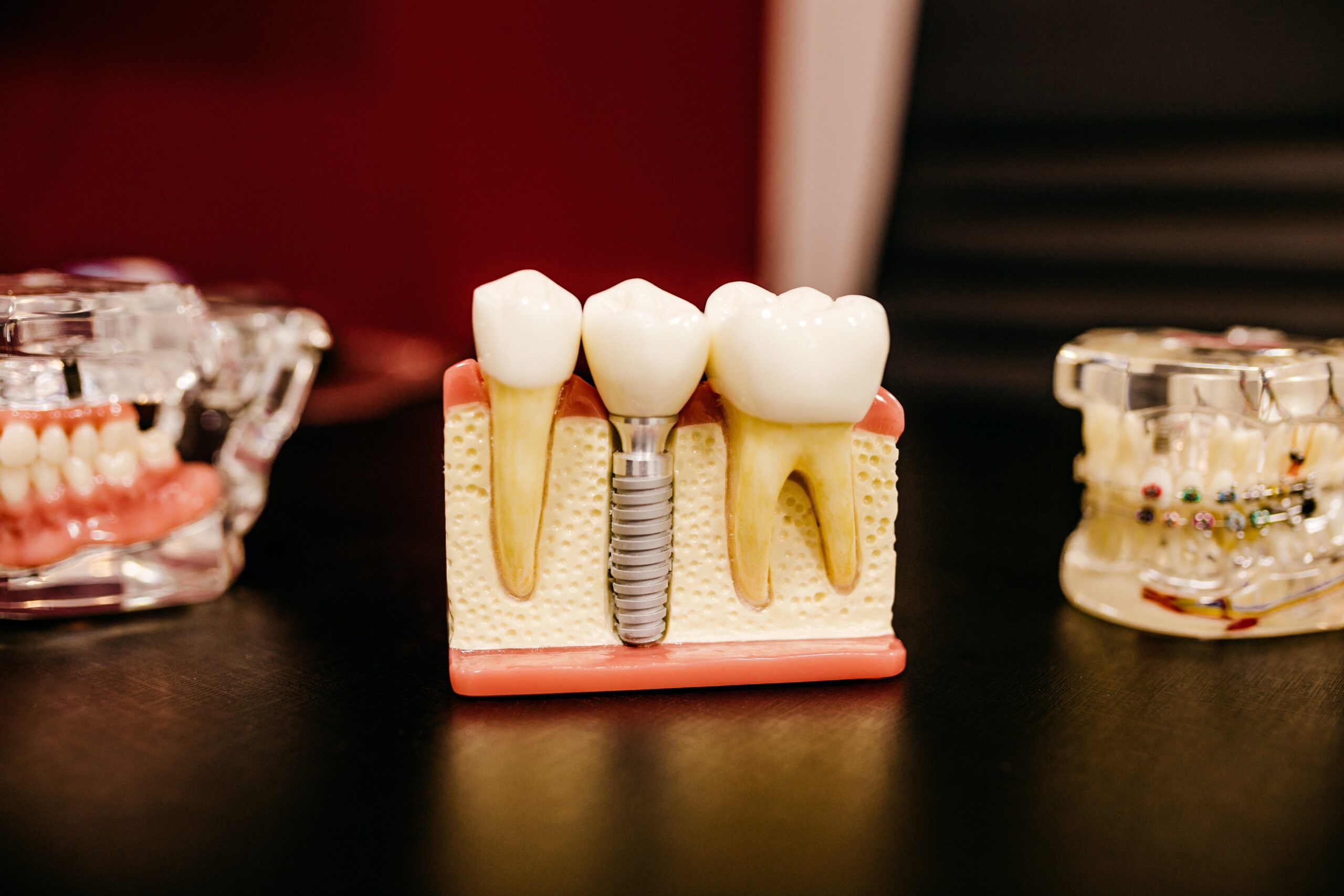Teeth have been around as long as humans have been around. They are vital to life, because teeth are essential to eating and speaking and they are a window into the body’s overall health.
The Ancient Greeks once believed that tooth decay occurred due to tooth worms, which was really their best guess at bacteria and cavities. Egyptian mummies have shown evidence of tooth drilling practices to drain abscesses. In Phoenicia, an early, common practice was to replace missing human teeth with teeth from animals, bound to a person’s gums. The first people recognized as dentists were originally barbers, who dealt with sharp tools, so people deemed them safe enough to a work on mouth problems; thus, they became known as barber-surgeons. Can you picture your hairdresser taking care of your cavities and root canals? They probably can’t picture it either!
It wasn’t until the 1500s that the first book about dentistry was written and the field of dentistry was valued as a profession with a specific skill set. Then, in the 1700s, a French surgeon outlined dental codes, good practices, and repair options for suffering teeth. One hundred years later, the first dental college was opened, which birthed a whole new field of medical expertise. By the late 1800s, Colgate has created the toothbrush and an accompanying toothpaste, to help with cavities and bacteria.
Fast forward to current dental practices, including numbing solutions, veneers, digital x rays, orthodontics, root canals, cosmetic dentistry, gum therapy, implants, dental healthcare coverage and the discovery of diseases through preventative dental care. I don’t know about you, but I’m awfully glad to have access to the current technological dental advances versus a drill to the tooth without Novocain.
Take advantage of these modern amenities and check out the dental world of the 21 century.

